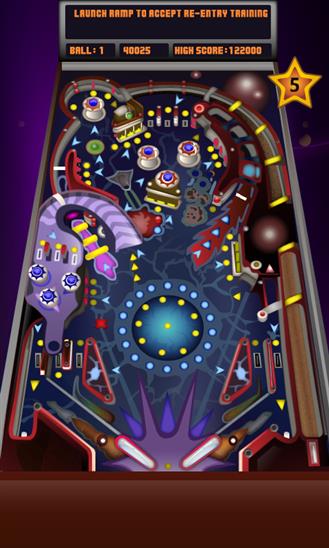
This allows transferring all the screw holes, nail holes, and other penetrations back to the finished play field. Template: Make a Template from a clear, thin sheet of hard plastic (hobby stores carry it). If the overlay is worse than this, consider NOT using it and stopping the job at this point.ĥ. I suggest a 1/8" error isn't terrible and is tolerable- but not much worse. It should line up on top inserts and bottom inserts almost perfectly. Verify the overlay will line up almost perfectly. Shine a bright light through the inserts from below. Put the overlay down on the play field and tape it down. Overlay Preliminary Check: Prior to starting this check, the overlay must be perfectly flat- see Preliminary Overlay Flattening Step. Strip the top side of the play field so nothing is left on the top.Ĥ. Take LOTS of pictures before you start stripping it down. Also, keep it out of excess heat and direct sunlight.Ģ. When you receive it in the mail, hang it with blue painters tape to a wall somewhere so it will get really flat. It ships rolled up and not particularly flat.

So, if you don't have the confidence and mechanical dexterity, and a friend to help you, maybe don't risk it. Of course it's riskier, because if you don't get it down perfectly, you lose the overlay and have to repeat it. I've read all about how the pros use these types of things in the sign business, but this is a pinball overlay it has to be perfect! Use them if you must, but I strongly advise against it. I believe application of these agents severely affect the final adhesion, i.e. So now, here is the procedure I used to install my overlay.

See: With input from the community I eventually felt I had enough solid information to install my second overlay. Be sure to read through prior to starting an overlay installation.

I placed a forum topic here on Pinside to get additional information and to document what other Pinheads had done. But before starting, I performed some more detailed research. Reluctantly, I restriped the entire playfield. Classic Arcades, to their credit, supplied me with a free replacement overlay. It slowly puckered and bubbled up to the point where it was no longer useable.

I finished the reassembly and the playfield progressively worse over the next few months. Then as I started reassembling the playfield, it twisted and bubbled where stand offs got screwed down. I put the overlay down, and initially it looked fine. So prior to starting, I researched it a bit, and felt I understood the process well enough to proceed. Strangely, the manufacturer supplied zero information. This procedure comes after having a horrible result installing a Classic Arcades- Bally Star Trek overlay on my playfield.


 0 kommentar(er)
0 kommentar(er)
